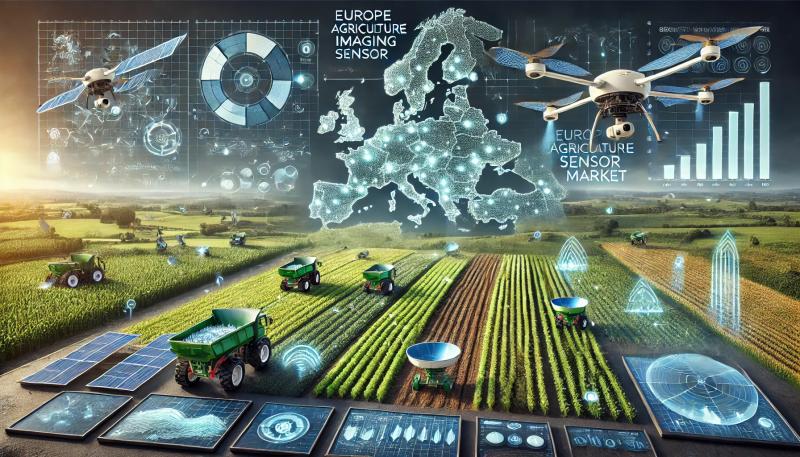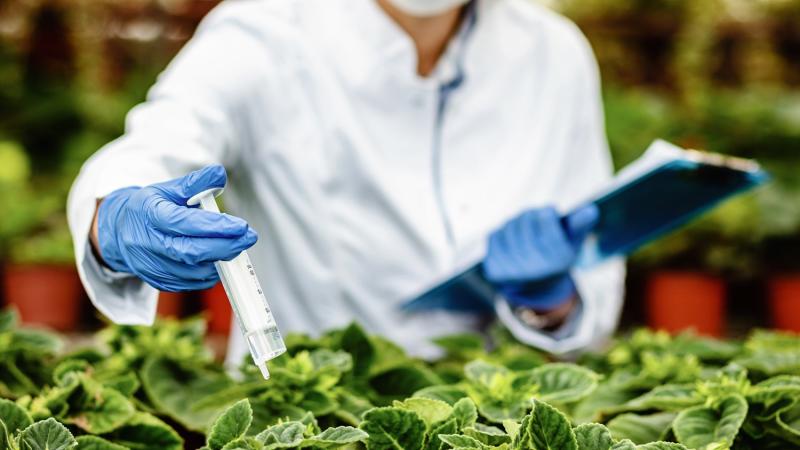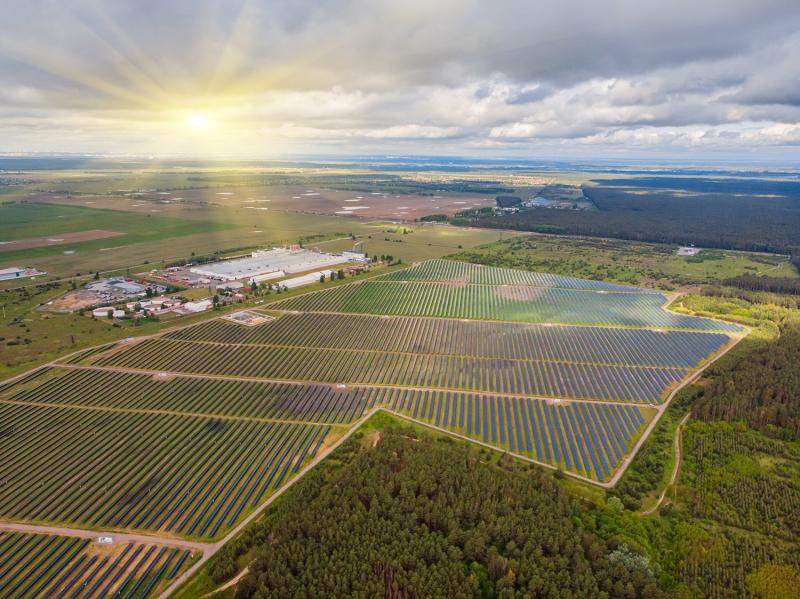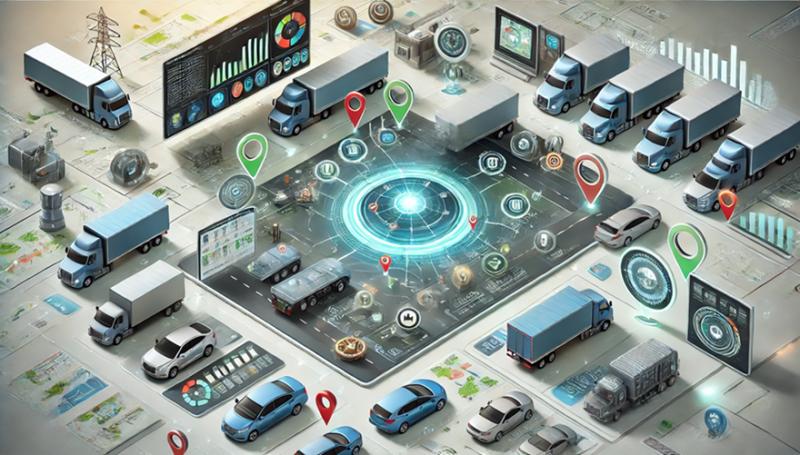The Future of Precision Farming: Insights into Europe Agriculture Imaging S

Precision Farming has emerged as a transformative force in modern agriculture, allowing farmers to optimize resources, reduce waste, and increase yields. Central to this revolution is the growing use of agriculture imaging sensors—advanced devices that provide detailed insights into soil, crop health, and environmental conditions. In Europe, the agriculture imaging sensor market is expanding rapidly, driven by the need for more efficient, sustainable farming practices.
What are Agriculture Imaging Sensors?
“Agriculture Imaging Sensors” are high-tech devices that capture and analyze visual data from farms. These sensors use various types of imaging technologies—such as multispectral, hyperspectral, and thermal imaging—to provide real-time information on crop health, soil conditions, water usage, and more. By integrating these sensors with drones, satellites, or handheld devices, farmers can make informed decisions to improve crop yield, reduce resource consumption, and manage their land more efficiently.
According to BIS Research, the Europe Agriculture Imaging Sensor Market was valued at $501.1 million in 2023 and is expected to grow at a CAGR of 15.35%, reaching $2,089.7 million by 2033 during the forecast period of 2023-2033.
Key Market Growth Drivers
Several factors are contributing to the increasing adoption of agriculture imaging sensors across Europe:
Focus on Sustainable Farming:
The EU is leading efforts in promoting sustainable farming practices.
Imaging sensors help reduce the use of fertilizers, pesticides, and water by providing precise data on crop needs.
This technology aligns with the EU's Green Deal and Farm to Fork Strategy, promoting more sustainable agriculture.
Government Initiatives and Subsidies:
European governments are supporting precision farming with subsidies and financial incentives.
EU programs fund the adoption of new technologies like imaging sensors to improve efficiency and reduce environmental impact.
Countries like Germany, France, and the Netherlands are advancing in precision agriculture due to this support.
Rising Demand for Food Production:
As Europe's population grows, farmers face increasing pressure to produce more food with minimal environmental harm.
Imaging sensors aid precision farming, helping maximize productivity and increase crop yields without expanding land use.
This technology allows farmers to make data-driven decisions to meet growing food demands.
Technological Advancements in Sensors and Imaging:
The agriculture imaging sensor market is evolving with smaller, more affordable, and more capable sensors.
Improved connectivity and data analytics platforms enhance sensor functionality, allowing real-time field data access.
These advancements help farmers optimize farm operations and boost productivity.
Europe Agriculture Imaging Sensor Market Segmentation
Segmentation 1: by End User
Agriculture Robot Manufacturer
Agriculture Drone Manufacturer
Livestock Monitoring Equipment Manufacturer
Others
Segmentation 2: by Product
RGB Sensor
Hyperspectral Sensor
Multispectral Sensor
Others
Segmentation 3: by Country
Germany
France
U.K.
Belgium
Spain
Italy
Ukraine
Rest-of-Europe
Request for a sample research report on the Europe Agriculture Imaging Sensor Market
Key Applications of Agriculture Imaging Sensors in Precision Farming
Agriculture Imaging Sensors have various applications that are transforming farming operations in Europe. Here are some of the key uses:
Crop Monitoring and Health Assessment:
Imaging sensors detect light variations from plant surfaces to monitor crop health.
Multispectral and hyperspectral sensors reveal plant stress, nutrient deficiencies, or pest infestations.
Early detection allows farmers to address issues before they impact crop yields.
Soil Analysis:
Imaging sensors monitor soil moisture, texture, and nutrient content, critical for crop growth.
Thermal and hyperspectral data help farmers target areas needing more irrigation or fertilizer.
This ensures optimal soil conditions for healthy crop development.
Water Management:
Imaging sensors detect soil moisture variations, aiding in precise irrigation practices.
Efficient water use reduces waste, ensuring crops receive the right amount of water.
This improves both yield and resource efficiency, especially in drought-prone regions.
Pest and Disease Detection:
Thermal and hyperspectral imaging sensors identify temperature changes or light patterns indicating pests or diseases.
Early detection enables targeted interventions, reducing the need for widespread pesticide use.
Yield Prediction and Mapping:
Imaging sensors analyze growth patterns and plant health to predict crop yields.
Machine learning and sensor data create yield maps, helping farmers allocate resources efficiently.
This enhances harvest planning and optimizes field management.
Future Outlook: Trends Shaping Europe’s Agriculture Imaging Sensor Market
As the Europe agriculture imaging sensor industry continues to grow, several trends are expected to shape its future:
Integration with AI and Big Data: The integration of imaging sensors with artificial intelligence (AI) and big data analytics is set to transform precision farming by enabling real-time analysis of vast amounts of sensor data. AI-powered systems will provide farmers with actionable insights, leading to more accurate predictions, improved decision-making, and the potential for fully automated farming processes, significantly enhancing agricultural efficiency and productivity.
Increased Use of Drones and Satellites: Drones and satellite-based imaging sensors are gaining popularity for their ability to quickly cover large agricultural areas. Drones equipped with imaging sensors capture high-resolution images of crops and fields, while satellite imagery offers a broader perspective on regional agricultural conditions. As the costs of drone and satellite services decline, their use in agriculture is expected to expand, enhancing precision farming and field management.
Get more insights on the Agriculture Market Research Reports.
Focus on Data-Driven Farming: As more farmers adopt precision farming technologies, the importance of data-driven farming will grow. Imaging sensors will play a key role in collecting the data needed for precision agriculture. With more accurate data on crops, soil, and environmental conditions, farmers can optimize every aspect of their operations, from planting and irrigation to harvesting and pest control.
Conclusion









Comments